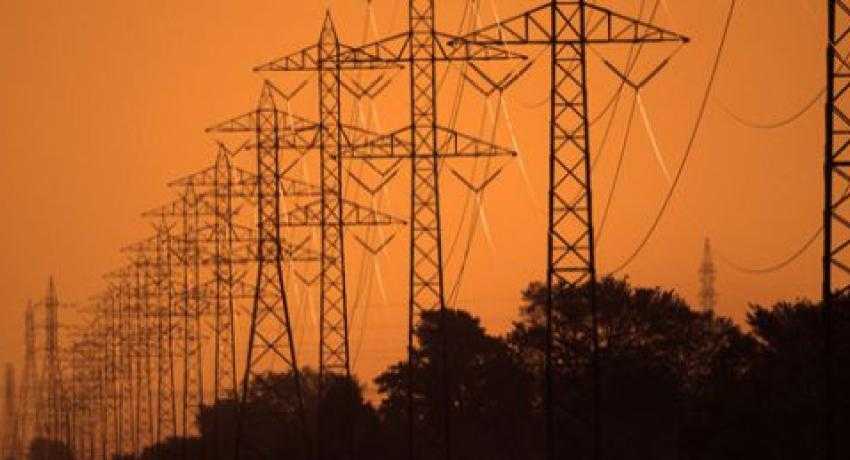Energy storage is today where solar was in 2010-set for exponential growth
The cost of solar panels has plummeted more than 70 percent since 2010 and the number of new installations is more than doubling every year for exponential growth in the solar industry. So, what’s the next step?
Energy storage.
Research and analysis firm IHS Technology released a report last week comparing the current energy storage market to the solar photovoltaic environment in 2010.
Just as solar took off at a rapid pace from that point, experts predict energy storage is set to catapult in coming years.
Just as the amount of installed solar generation grew 10-fold between 2010 and today, the experts at IHS predict a 10-fold increase in the amount of energy storage from 90 megawatts now to 900 megawatts by 2018.
And just as solar growth gained its momentum in Europe, IHS estimates Germany, Australia, Italy and the United Kingdom will lead the storage market as well.
Recent news announcements support the theory that this is just the beginning of a burgeoning new energy storage market.
Electric car manufacturer Tesla broke ground in October on its new gigafactory outside of Reno, Nevada. The facility will be more than 5-million-square-feet and employ 6,500 workers when it’s finished. It’s expected to pump out 500,000 battery packs a year – doubling worldwide lithium battery production. Mass producing the lithium batteries is expected to drive costs down by 30 percent, according to Bloomberg.
While the battery packs will be used in electric vehicles, they could also be used to store energy produced from renewable sources. Entrepreneur Elon Musk owns Tesla and has a majority share in the nation’s largest solar installation company, SolarCity. SolarCity is setting up a similar gigafactory in New York that aims to drive down the price of solar panels. The mass production of solar panels and battery packs by sister companies is not likely to be an accident.
Beyond that news, state regulators have started to mandate that energy storage and better grid integration of renewable energy sources become a bigger part of the mix for big utilities. As a result, two utilities made big energy storage announcements last week.
Southern California Edison inked a deal with AES Energy Storage for a 20-year power purchase agreement for the world’s largest electrochemical battery. The 100-megawatts battery system is just the first of the utility’s acquisitions aiming to get 250 megawatts of storage that will enable it to better control peak demand as more and more intermittent renewable energy sources are integrated into the grid.
More surprising is a Texas transmission company’s announcement last week that it will invest $2 billion in a battery storage system. Oncor Electric Delivery Co. conducted an exhaustive study with the Brattle Group and determined that adding extensive energy storage to the state’s grid would create a cost savings that would remove an average of 30 cents from the typical utility bill in Texas by 2020. While that might not seem terribly significant, it would be a cost savings at a time when most other jurisdictions are likely to see cost increases.
Energy storage is ramping up and while experts at HIS predict storage will grow just as quickly as solar did, there are several factors that could play a roll.
As the national subsidy for renewable power is set to diminish rapidly at the end of 2016, prices are also dropping so rapidly that solar installations could increase even more rapidly than they are now and energy storage could become increasingly enticing – not just on the grid, but also as an alternative to the grid.




